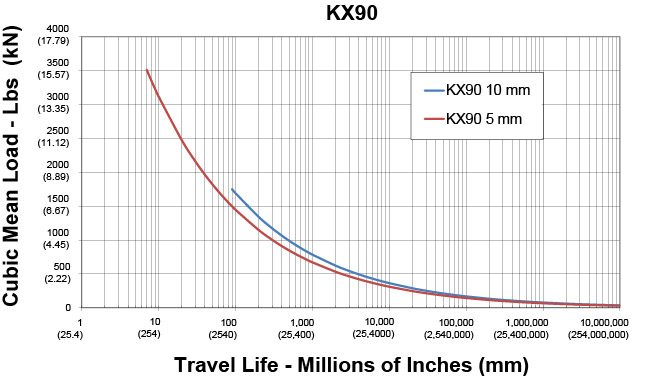| |
5 mm Lead |
Add per 25 mm, 5 mm Lead |
| Base Unit - Input Drive Shaft Only |
1.480 x 10^-5 (1.31 x 10^-4) |
1.022 x 10^-6 (9.045 x 10^-6) |
| Inline Unit - w/Motor Coupling |
2.702 x 10^-5 (2.39 x 10^-4) |
1.022 x 10^-6 (9.045 x 10^-6) |
| |
10 mm Lead |
Add per 25 mm, 10 mm Lead |
| Base Unit - Input Drive Shaft Only |
1.616 x 10^-5 (1.43 x 10^-4) |
1.173 x 10^-6 (1.038 x 10^-5) |
| Inline Unit - w/Motor Coupling |
2.837 x 10^-5 (2.51 x 10^-4) |
1.173 x 10^-6 (1.038 x 10^-5) |
| Parallel Drive Inertias (P10 Option) |
| |
5 mm Lead |
Add per 25 mm, 5 mm Lead |
| 1:1 Reduction Parallel Belt Drive (66 mm) |
4.339 x 10^-5 (3.84 x 10^-4) |
1.022 x 10^-6 (9.045 x 10^-6) |
| 1:1 Reduction Parallel Belt Drive (86 mm) |
7.378 x 10^-5 (6.53 x 10^-4) |
1.022 x 10^-6 (9.045 x 10^-6) |
| 1:1 Reduction Parallel Belt Drive (96 mm) |
8.564 x 10^-5 (7.58 x 10^-4) |
1.022 x 10^-6 (9.045 x 10^-6) |
| 2:1 Reduction Parallel Belt Drive (96 mm) |
7.095 x 10^-5 (6.28 x 10^-4) |
2.555 x 10^-7 (2.261 x 1^-6) |
| |
10 mm Lead |
Add per 25 mm, 10 mm Lead |
| 1:1 Reduction Parallel Belt Drive (66 mm) |
4.474 x 10^-5 (3.96 x 10^-4) |
1.173 x 10^-6 (1.038 x 10^-5) |
| 1:1 Reduction Parallel Belt Drive (86 mm) |
7.514 x 10^-5 (6.65 x 10^-4) |
1.173 x 10^-6 (1.038 x 10^-5) |
| 1:1 Reduction Parallel Belt Drive (96 mm) |
8.704 x 10^-5 (7.70 x 10^-4) |
1.173 x 10^-6 (1.038 x 10^-5) |
| 2:1 Reduction Parallel Belt Drive (96 mm) |
1.966 x 10^-5 (1.74 x 10^-4) |
2.931 x 10^-7 (2.595 x 10^-6) |
| Parallel Drive Inertias (Smooth Motor Shaft Option) |
| |
5 mm Lead |
Add per 25 mm, 5 mm Lead |
| 1:1 Reduction Parallel Belt Drive (66 mm) |
6.015 x 10^-5 (5.32 x 10^-4) |
1.022 x 10^-6 (9.045 x 10^-6) |
| 1:1 Reduction Parallel Belt Drive (86 mm) |
1.103 x 10^-4 (9.76 x 10^-4) |
1.022 x 10^-6 (9.045 x 10^-6) |
| 1:1 Reduction Parallel Belt Drive (96 mm) |
2.176 x 10^-4 (1.93 x 10^-3) |
1.022 x 10^-6 (9.045 x 10^-6) |
| 2:1 Reduction Parallel Belt Drive (96 mm) |
8.768 x 10^-5 (7.76 x 10^-4) |
2.555 x 10^-7 (2.261 x 10^-6) |
| |
10 mm Lead |
Add per 25 mm, 10 mm Lead |
| 1:1 Reduction Parallel Belt Drive (66 mm) |
6.150 x 10^-5 (5.44 x 10^-4) |
1.173 x 10^-6 (1.038 x 10^-6) |
| 1:1 Reduction Parallel Belt Drive (86 mm) |
1.117 x 10^-4 (9.88 x 10^-4) |
1.173 x 10^-6 (1.038 x 10^-6) |
| 1:1 Reduction Parallel Belt Drive (96 mm) |
2.190 x 10^-4 (1.94 x 10^-3) |
1.173 x 10^-6 (1.038 x 10^-6) |
| 2:1 Reduction Parallel Belt Drive (96 mm) |
8.802 x 10^-5 (7.79 x 10^-4) |
2.931 x 10^-7 (2.595 x 10^-6) |
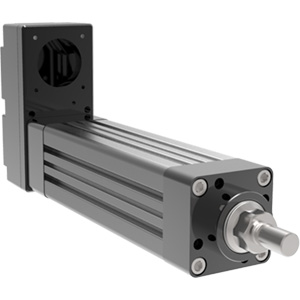
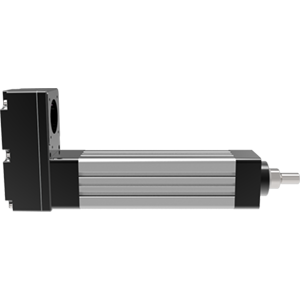


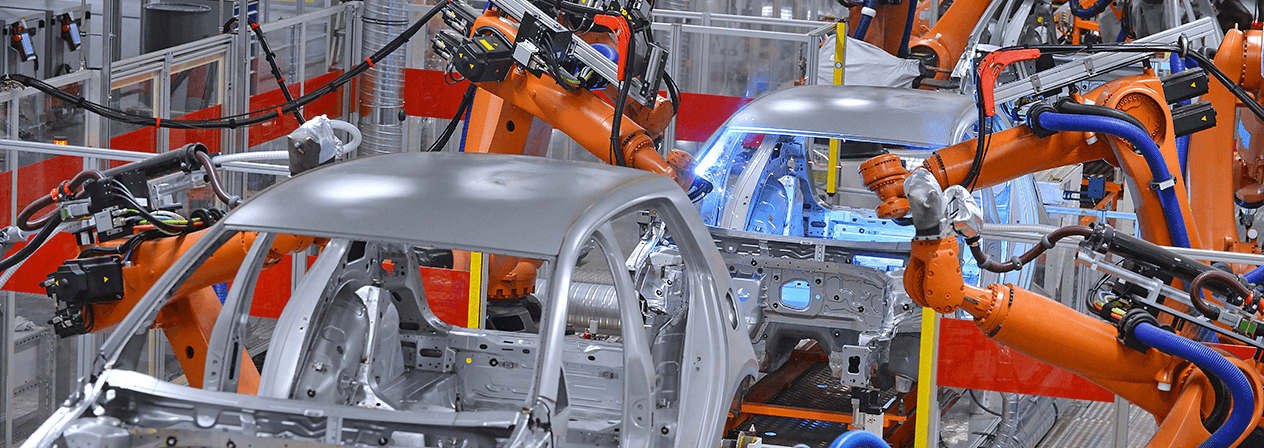


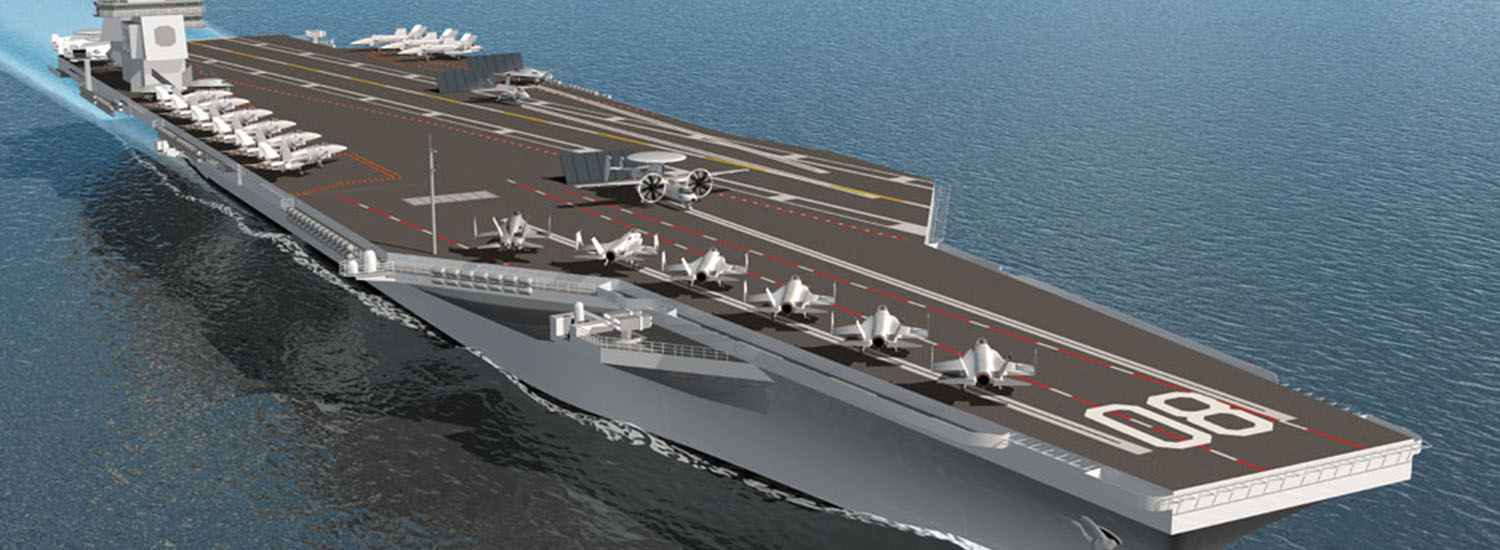

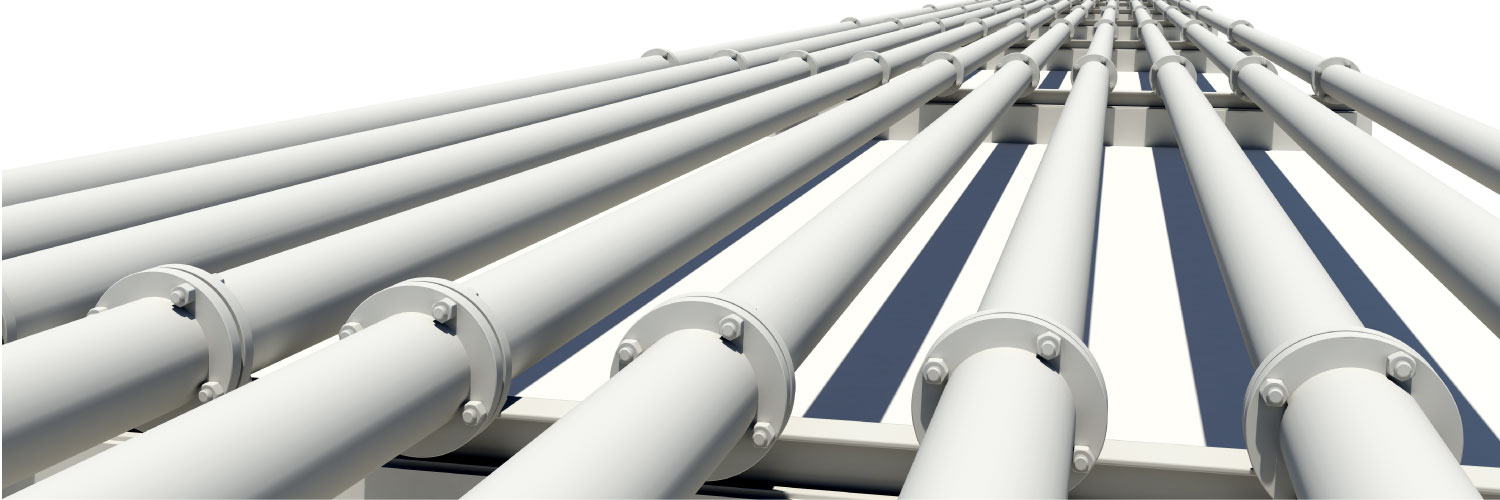


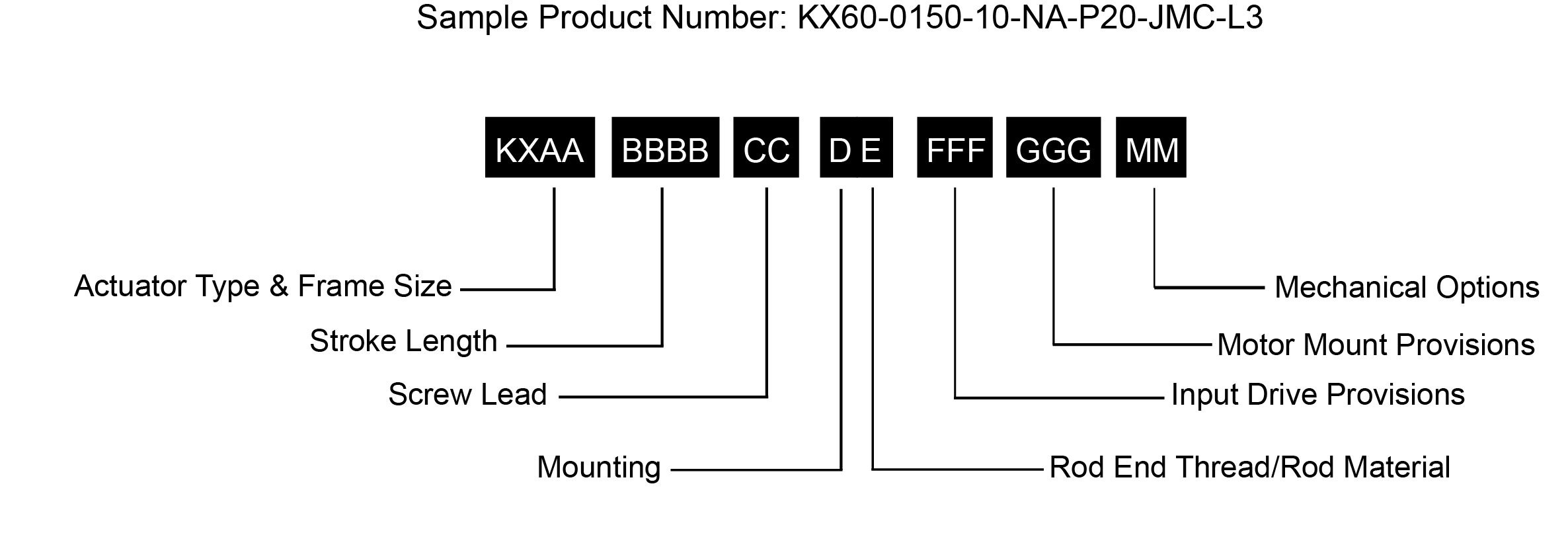
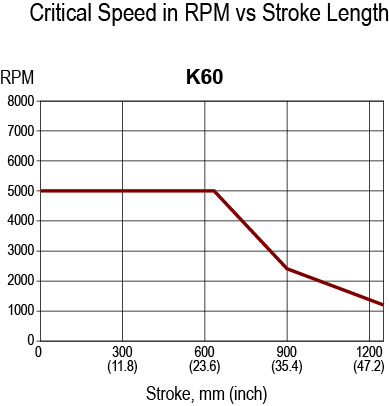
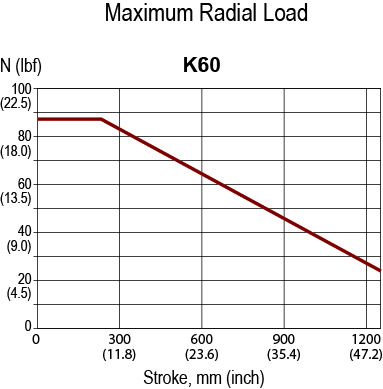
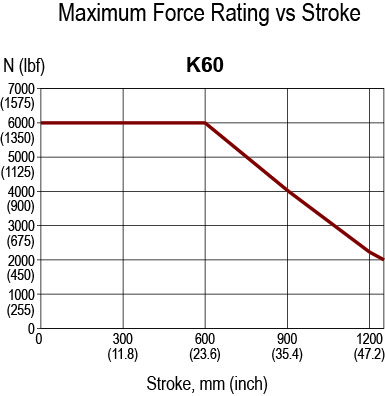

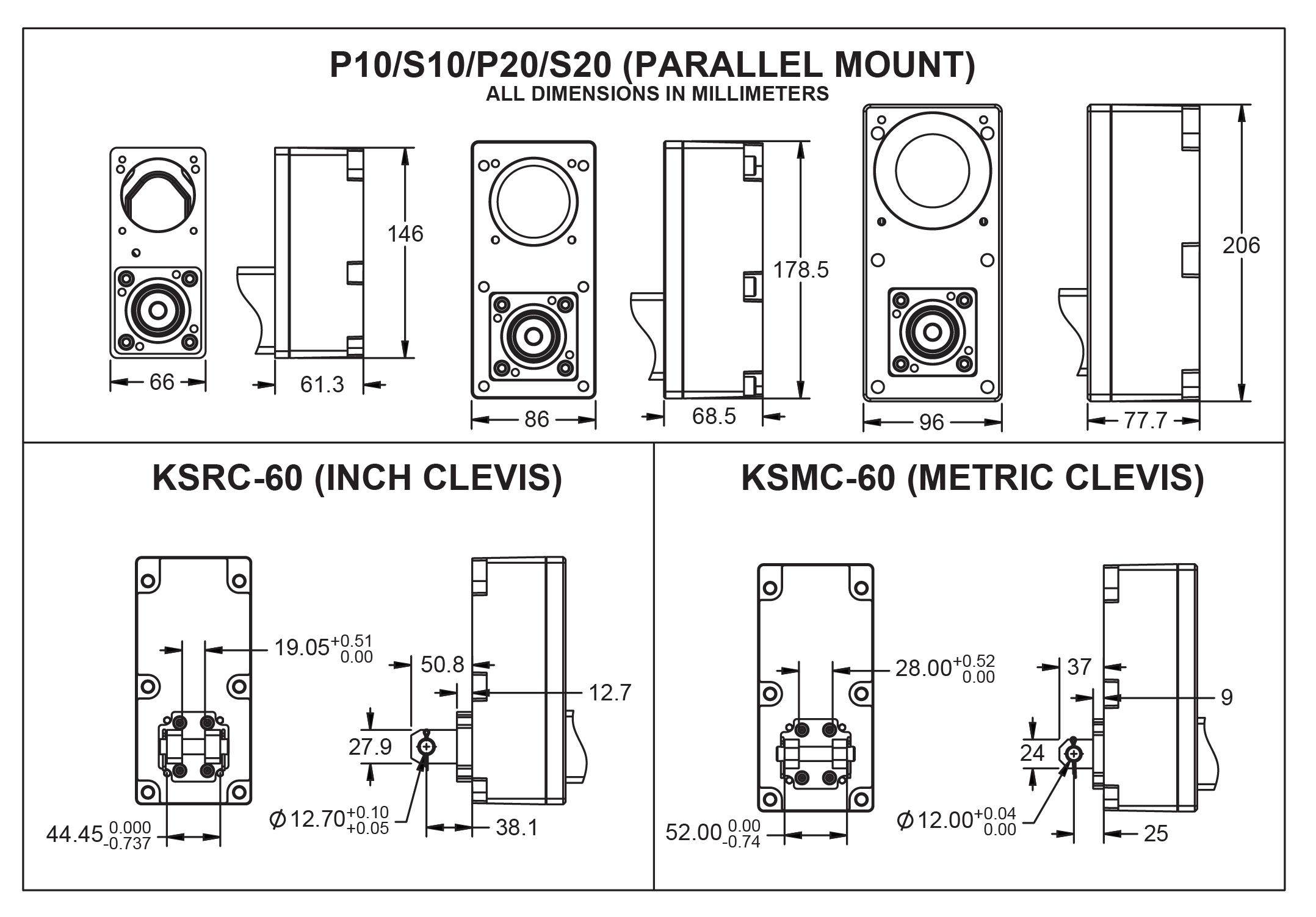
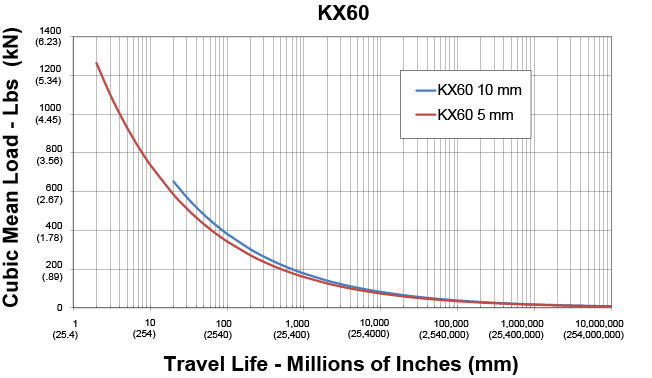
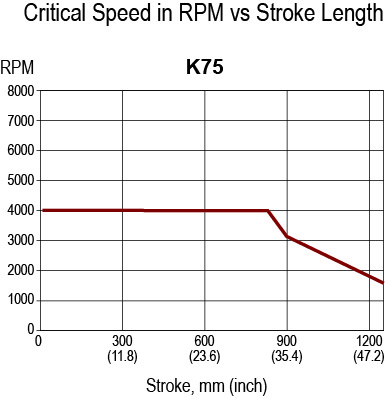
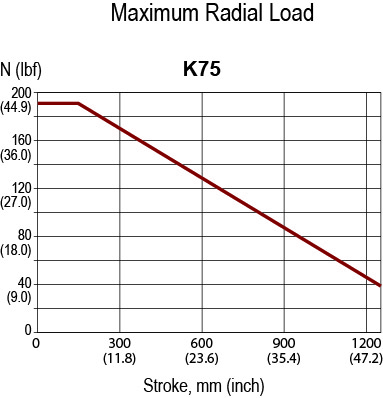
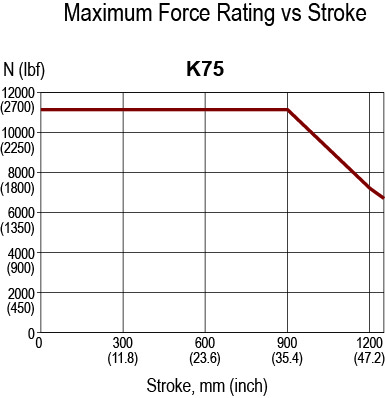
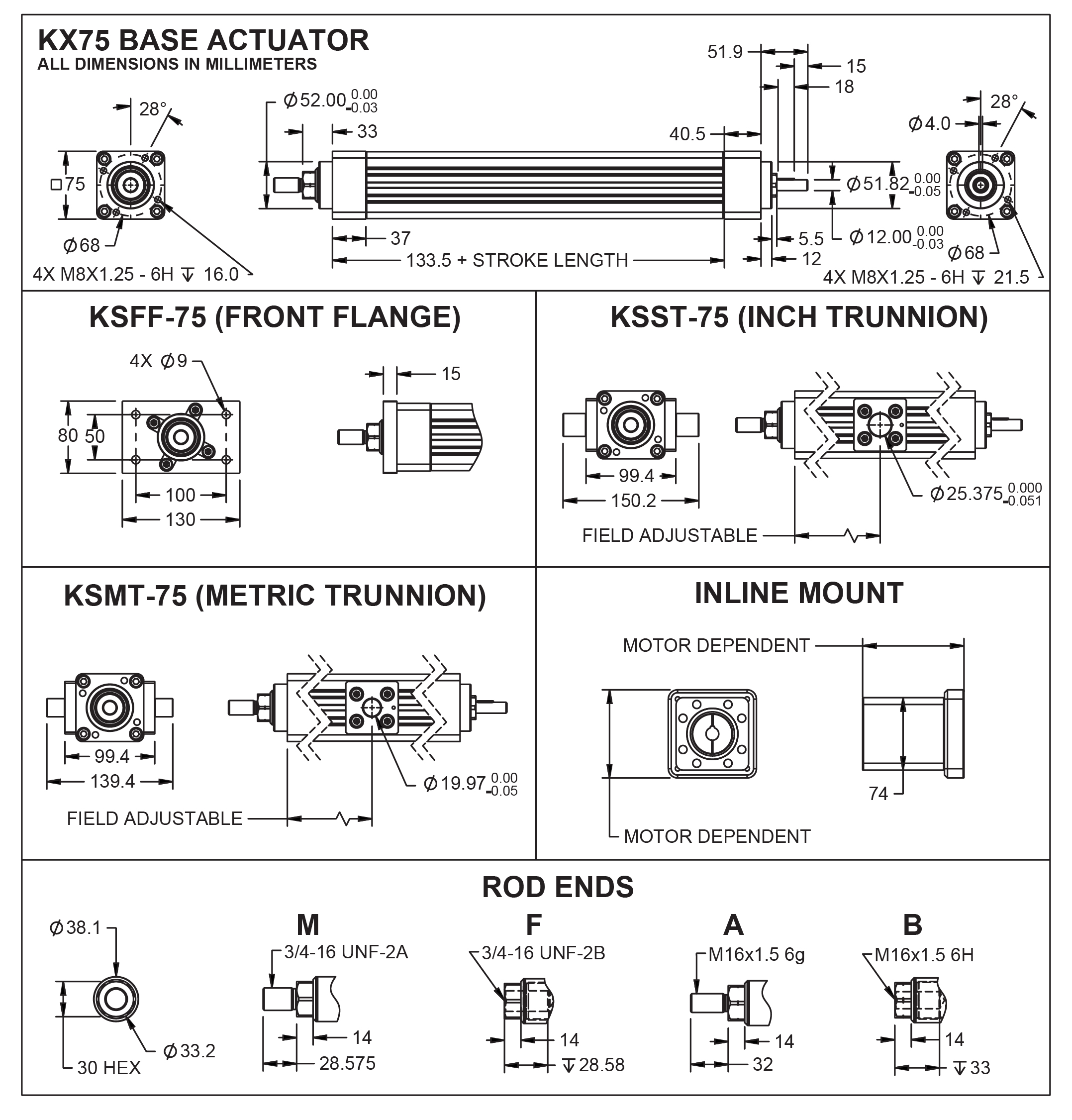
.jpg)
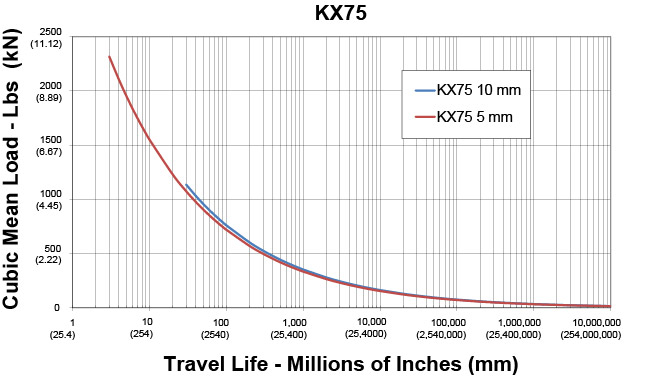
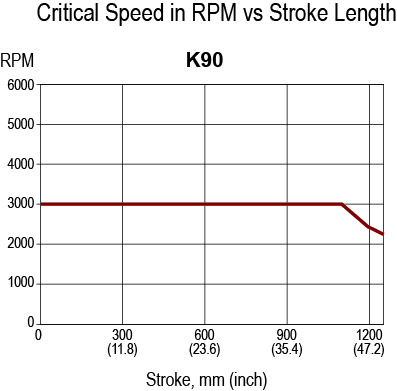
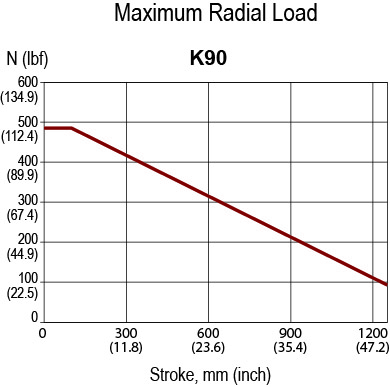
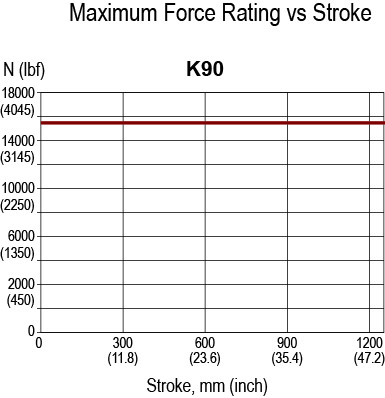
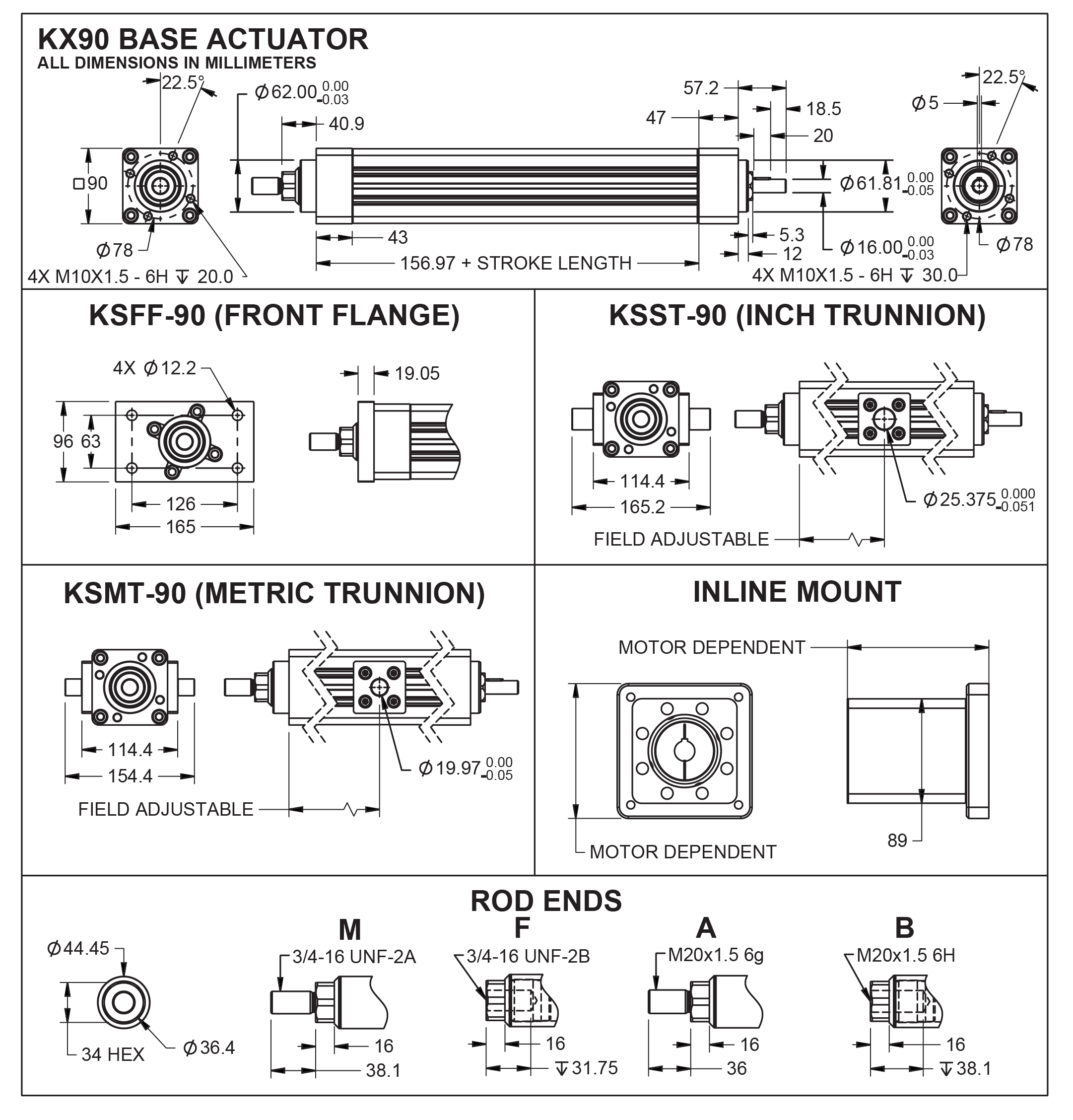
.jpg)
